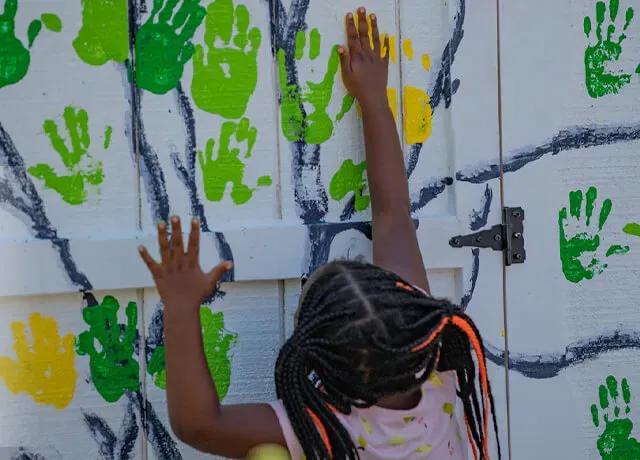The Passion That Drives Us
In 1970, Bernie and Rita Turner sought to build a learning community where knowledge could be applied to solve key societal challenges. Their vision: to empower students to make a difference by confronting those challenges where they live, in their professions, and on a global scale. Today, Walden is still rooted in a commitment to positive social change. It’s not just something we talk about—it’s who we are. We’ve evolved online learning to help passionate people transform their own life and the lives of others. Our students, alumni, faculty, and staff are putting our mission into action every day, creating real examples of social change in their communities and beyond.
Walden Mission and Vision
Kristen Anderson, '15
(MS in Education)
Mission
Walden University provides a diverse community of career professionals with the opportunity to transform themselves as scholar-practitioners so that they can effect positive social change.
Vision
Walden University envisions a distinctively different 21st-century learning community where knowledge is judged worthy to the degree that it can be applied by its graduates to the immediate solutions of critical societal challenges, thereby advancing the greater global good.
Advancing the Greater Good

Walden’s Center for Social Change is a networking hub with three major commitments: empowering change-makers, building community, and elevating social change outcomes. The center partners with stakeholders across the university and in the community to support and create many social change initiatives, including Global Days of Service.
Teaching Nurses Self-Care
As an oncology and hospice nurse, Caroline Cárdenas (MSN, ’14) knows firsthand the mental exhaustion caregivers face. She’s now using her Walden degree to help others overcome compassion fatigue and prevent burnout through movement, play, and intentional reflection.
Caring for a New Community
After Dr. Alvin Cantero (DNP ’17 and MSN ’15) relocated to America, he needed a degree from a U.S.-based institution to continue his mission of care. Today, he’s using his Walden MSN and DNP degrees to treat underserved communities in Houston.
Improving Girls' Health
While many people may not be familiar with period poverty, it’s a reality for 20% of teenagers in the United States. Not having access to period supplies can make it difficult for girls to focus in class or even attend school sometimes. For Dr. Elesia Glover (PhD in Public Policy and Administration, '18), this issue led her to found Posh Pack, an organization that makes these basic essentials available to students in Georgia and beyond.














